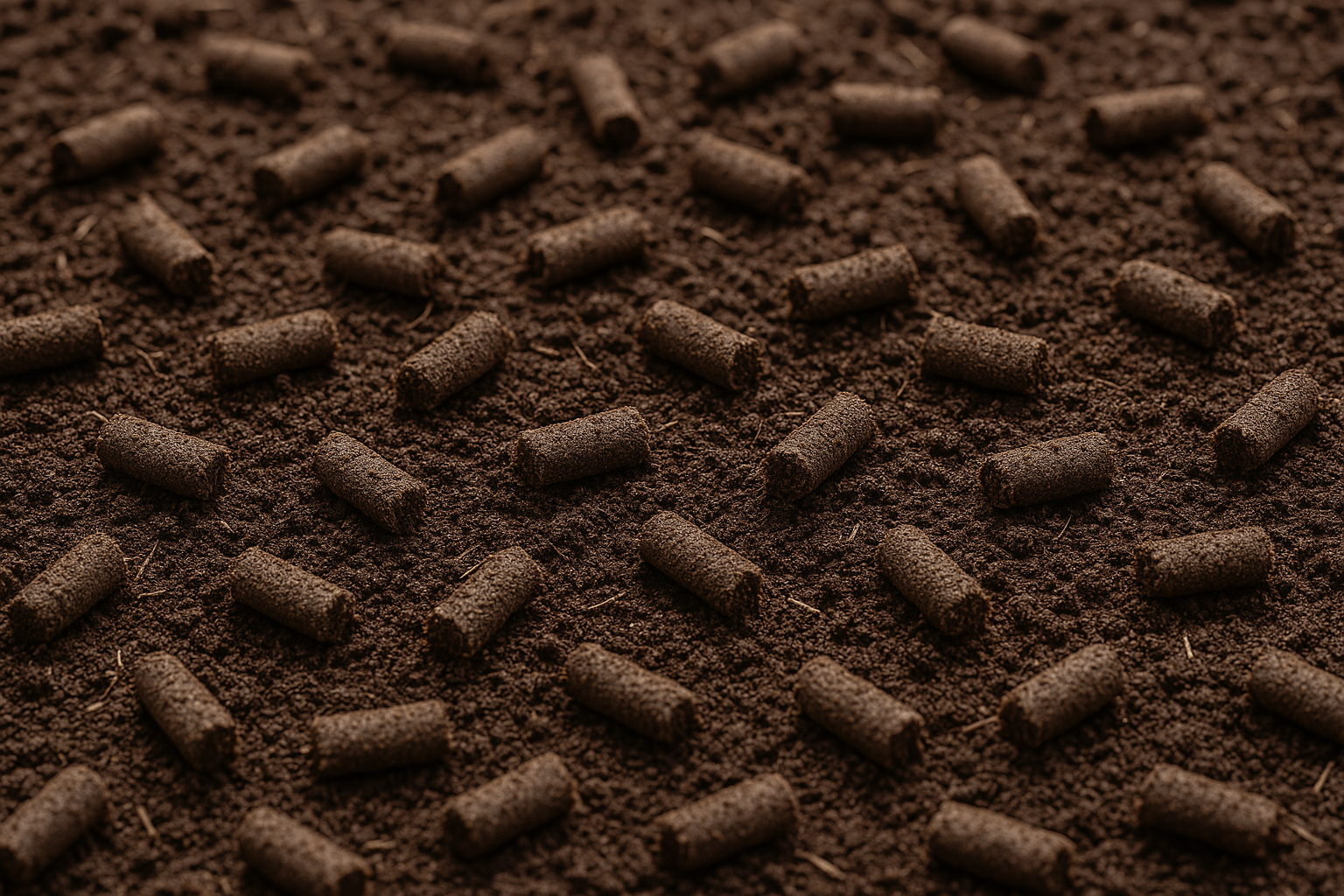
Overseeding
🌾 Overseeding 101:
How to Refresh Your Lawn for the Cooler Months
As the warm season winds down and your once lush, green lawn starts to fade, many homeowners consider overseeding to maintain a healthy appearance throughout fall and winter. Overseeding is the process of sowing grass seed over an existing lawn to thicken turf and enhance its color and resilience—particularly valuable for lawns with bare patches, thinning areas, or heavy foot traffic.
But is overseeding right for every lawn? Not quite. Let’s break down what you need to know before diving into this common lawn care practice.
🌱 What Is Overseeding?
Overseeding involves applying new seed over an existing lawn without turning the soil. It helps improve turf density, introduces improved grass varieties, and provides color in dormant periods for warm-season grasses. This is especially beneficial if your lawn is starting to thin or show signs of disease or drought damage.
🗓 Best Time to Overseed
The ideal time for overseeding depends on the grass type and your regional climate. In most of the U.S., early fall is perfect for cool-season grasses (like fescue or ryegrass), while spring is better for warm-season types. Fall offers warm soil, moderate daytime temperatures, and cool evenings, all of which are optimal for seed germination.
Lawn Types Suitable for Overseeding
According to Clemson University’s Home & Garden Information Center (HGIC), overseeding is primarily recommended for bermudagrass in the Southeast, particularly in South Carolina. Overseeding other warm-season grasses—like centipedegrass, zoysiagrass, or St. Augustinegrass—can lead to severe stress and should generally be avoided. This is because the additional competition for water, nutrients, and light can delay green-up and even cause damage in spring (Gore, 2024).
Choosing the Right Seed
Perennial ryegrass (Lolium perenne) is typically preferred for overseeding bermudagrass lawns. It offers better turf quality, color, and disease resistance compared to annual ryegrass. While annual ryegrass is cheaper and dies off quicker in spring, perennial ryegrass can persist longer—sometimes becoming a nuisance if not managed correctly.
How to Overseed Your Lawn
- Prep Your Lawn: Mow the existing grass short and remove clippings. Dethatch or aerate if necessary to help seeds make soil contact.
- Seed Application: For overseeding bermudagrass lawns, apply 5 lbs. of perennial ryegrass seed per 1,000 sq. ft. Sow in two directions (north-south, then east-west) for even coverage.
- Watering: Lightly water two to three times daily until seeds germinate. After establishment, reduce watering frequency but keep soil consistently moist.
- Mowing: Once the grass reaches 2 to 2.5 inches, begin mowing to maintain it at about 1.5 inches.
- Fertilizing: Apply 0.5 lbs. of nitrogen per 1,000 sq. ft. after the second mowing, then again mid-winter if necessary.
Spring Transition Tips
Be cautious when transitioning back to warm-season grass. Perennial ryegrass can linger and compete with bermudagrass if not managed. Clemson Extension recommends reducing watering and fertilizer in late winter to stress the ryegrass. Scalping ryegrass to 1-inch height can also help bermudagrass reemerge in spring.
Final Thoughts
Overseeding can give your lawn that year-round curb appeal—but it’s not for everyone. Ensure your lawn type, timing, and maintenance habits align with best practices to avoid long-term problems. When done right, overseeding enhances your lawn’s health, appearance, and resistance to wear.
📚 References
- Gore, A. (2024, September 24). Overseeding With Ryegrass. Clemson University Cooperative Extension. https://hgic.clemson.edu/factsheet/overseeding-with-ryegrass/
- Pennington. (n.d.). How to Overseed or Reseed Your Lawn. Pennington Seed. https://www.pennington.com/all-products/grass-seed/resources/how-to-overseed-or-reseed-your-lawn

